The iPhone SE (2nd Generation): A Compact Powerhouse
Related Articles: The iPhone SE (2nd Generation): A Compact Powerhouse
Introduction
With great pleasure, we will explore the intriguing topic related to The iPhone SE (2nd Generation): A Compact Powerhouse. Let’s weave interesting information and offer fresh perspectives to the readers.
Table of Content
The iPhone SE (2nd Generation): A Compact Powerhouse
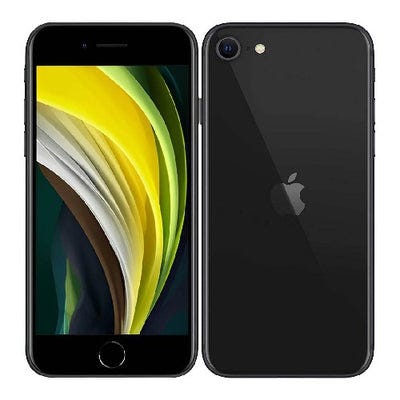
The iPhone SE (2nd Generation), released in April 2020, presented a compelling proposition for users seeking a powerful yet compact smartphone experience. This iteration built upon the foundation laid by its predecessor, offering a familiar design with significant internal upgrades. This article delves into the key features, benefits, and considerations surrounding the iPhone SE (2nd Generation), aiming to provide a comprehensive understanding of its strengths and limitations.
Design and Display:
The iPhone SE (2nd Generation) retained the design language of the iPhone 8, featuring a 4.7-inch Retina HD display with a resolution of 1334 x 750 pixels. While the display technology remained LCD, it delivered vibrant colors and sharp visuals. The design, characterized by its sleek aluminum frame and glass front and back, offered a premium feel and a familiar aesthetic to those accustomed to older iPhone models. However, the absence of a larger display and the lack of a notch, a feature found in newer iPhone models, might have been a drawback for users seeking a more modern design or a larger screen.
Performance and Processor:
One of the most significant upgrades in the iPhone SE (2nd Generation) was the inclusion of Apple’s A13 Bionic chip. This powerful processor, also found in the iPhone 11 series, delivered exceptional performance across all tasks, from gaming and video editing to everyday usage. The A13 Bionic chip, renowned for its efficiency and power, ensured smooth multitasking, fast app loading times, and impressive graphics capabilities. The inclusion of this powerful processor in a compact form factor made the iPhone SE (2nd Generation) a compelling option for users who prioritized performance without compromising on size.
Camera:
The iPhone SE (2nd Generation) featured a single 12MP wide-angle camera on the rear, capable of recording 4K videos at 60fps. This camera, inherited from the iPhone 8, offered exceptional image quality, particularly in well-lit conditions. The inclusion of features like Portrait Mode, Depth Control, and Smart HDR ensured that users could capture professional-looking photos and videos. While the lack of a telephoto lens might have limited users seeking zoom capabilities, the single camera system proved to be more than capable for everyday photography needs.
Battery Life and Charging:
The iPhone SE (2nd Generation) boasted a battery life comparable to the iPhone 8, offering up to 13 hours of video playback. While this battery life was considered average for a smartphone, it was sufficient for most users’ daily needs. The device supported fast charging, allowing users to quickly replenish the battery. Wireless charging was also supported, making it convenient to charge the phone without the need for cables.
Storage and Connectivity:
The iPhone SE (2nd Generation) was available in 64GB, 128GB, and 256GB storage options, providing ample space for apps, photos, and videos. It featured the latest connectivity options, including Wi-Fi 6, Bluetooth 5.0, and NFC for Apple Pay. The inclusion of a Lightning connector for charging and data transfer remained consistent with previous iPhone models.
Software and Features:
The iPhone SE (2nd Generation) launched with iOS 13, offering a familiar and intuitive user experience. It benefited from all the features and functionalities of iOS 13, including Dark Mode, improved privacy settings, and enhanced accessibility options. Subsequent iOS updates brought new features and security enhancements, ensuring that the device remained up-to-date.
Price and Value:
The iPhone SE (2nd Generation) offered an attractive price point compared to other iPhone models, making it a compelling option for budget-conscious users. Its combination of a powerful processor, a capable camera, and a familiar design, all at a competitive price, made it a strong contender in the mid-range smartphone market.
Benefits:
- Powerful performance: The A13 Bionic chip delivered exceptional performance, ensuring smooth multitasking and fast app loading times.
- Compact design: The 4.7-inch display made the device easy to handle and use with one hand.
- Excellent camera: The 12MP wide-angle camera captured high-quality images and videos.
- Affordable price: The iPhone SE (2nd Generation) offered a competitive price point compared to other iPhone models.
- Familiar design: The design, reminiscent of the iPhone 8, provided a comfortable and familiar user experience for those accustomed to older iPhone models.
Considerations:
- Limited display size: The 4.7-inch display might have been too small for some users who preferred larger screens.
- Lack of a notch: The absence of a notch, a feature found in newer iPhone models, might have been a drawback for users seeking a more modern design.
- Limited camera capabilities: The single camera system, while capable, lacked the zoom capabilities offered by models with telephoto lenses.
FAQs:
Q: Does the iPhone SE (2nd Generation) support 5G connectivity?
A: No, the iPhone SE (2nd Generation) does not support 5G connectivity.
Q: Does the iPhone SE (2nd Generation) have a headphone jack?
A: No, the iPhone SE (2nd Generation) does not have a headphone jack. It uses the Lightning connector for audio output.
Q: What is the difference between the iPhone SE (1st Generation) and the iPhone SE (2nd Generation)?
A: The iPhone SE (2nd Generation) features a more powerful A13 Bionic chip, a better camera system, and a faster processor compared to the iPhone SE (1st Generation). It also supports wireless charging.
Q: Does the iPhone SE (2nd Generation) have Face ID?
A: No, the iPhone SE (2nd Generation) uses Touch ID, a fingerprint sensor located on the home button, for authentication.
Q: How much does the iPhone SE (2nd Generation) cost?
A: The price of the iPhone SE (2nd Generation) varied depending on storage capacity and region. However, it was generally considered an affordable option compared to other iPhone models.
Tips:
- Consider a case: The glass back of the iPhone SE (2nd Generation) is prone to scratches and cracks. A protective case can help safeguard the device.
- Explore the camera features: The camera offers a range of features, including Portrait Mode, Depth Control, and Smart HDR. Experiment with these features to enhance your photography.
- Utilize the A13 Bionic chip: The powerful processor can handle demanding tasks, from gaming to video editing. Take advantage of its capabilities to enhance your mobile experience.
- Explore the accessibility features: iOS 13 offers a variety of accessibility features to customize the user experience. Explore these features to make the device more accessible and user-friendly.
Conclusion:
The iPhone SE (2nd Generation) offered a compelling combination of power, affordability, and a familiar design. Its powerful processor, capable camera, and compact form factor made it an attractive option for users seeking a high-performance smartphone at a competitive price. While the lack of a larger display and the absence of 5G connectivity might have been limitations for some users, the iPhone SE (2nd Generation) solidified its position as a valuable option for those seeking a well-rounded and budget-friendly smartphone experience.
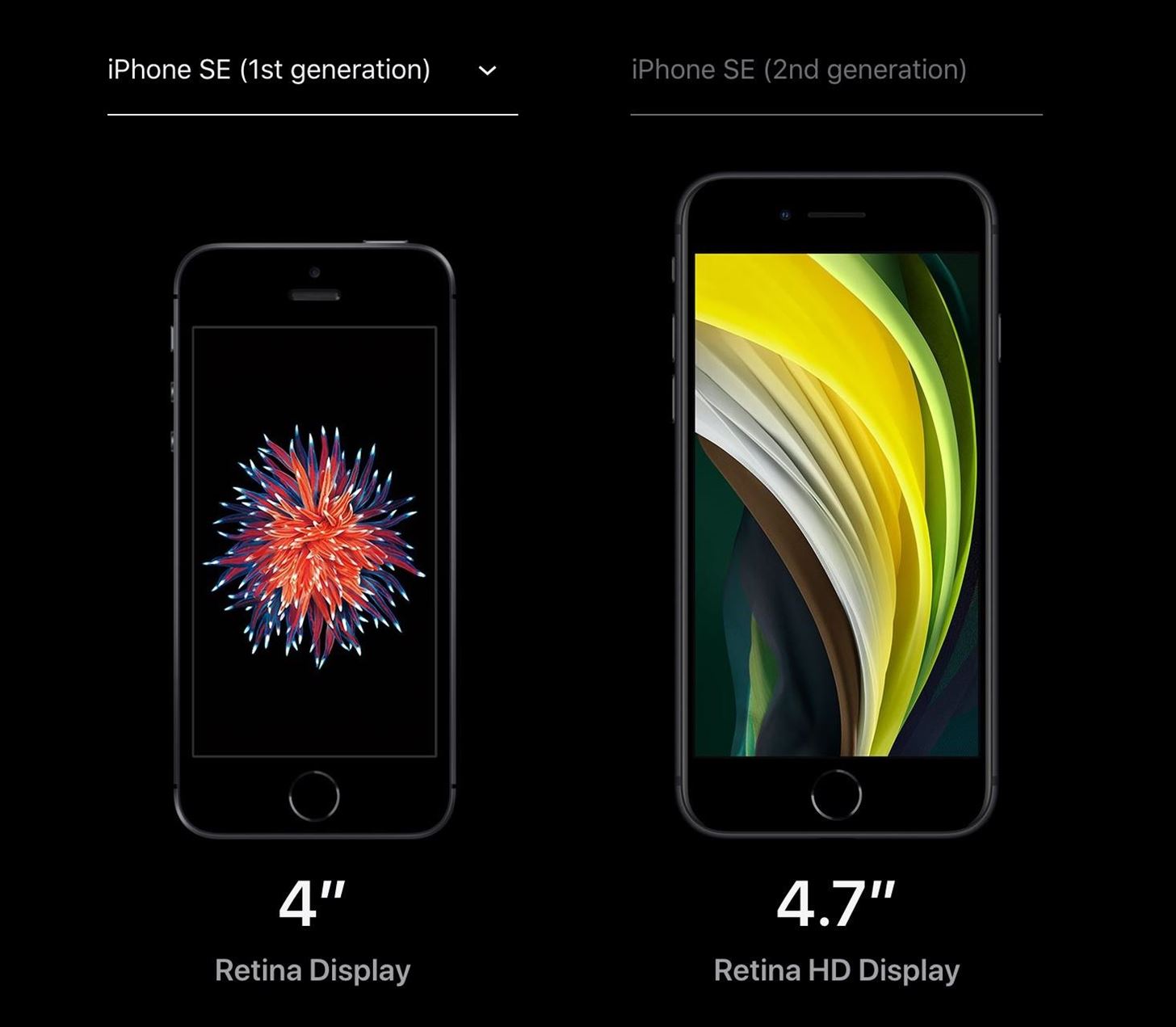
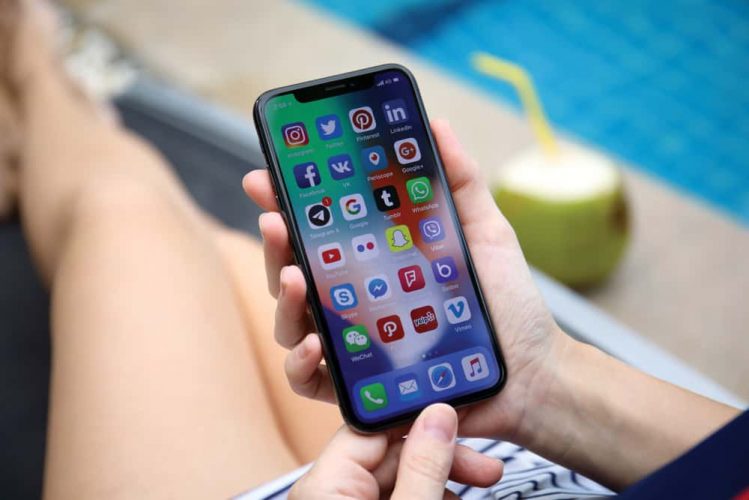
:max_bytes(150000):strip_icc()/iPhone-SE-2-full-RED-back-best-thumb-d58a3df5e4064c47b5ef2791a026b426.jpg)

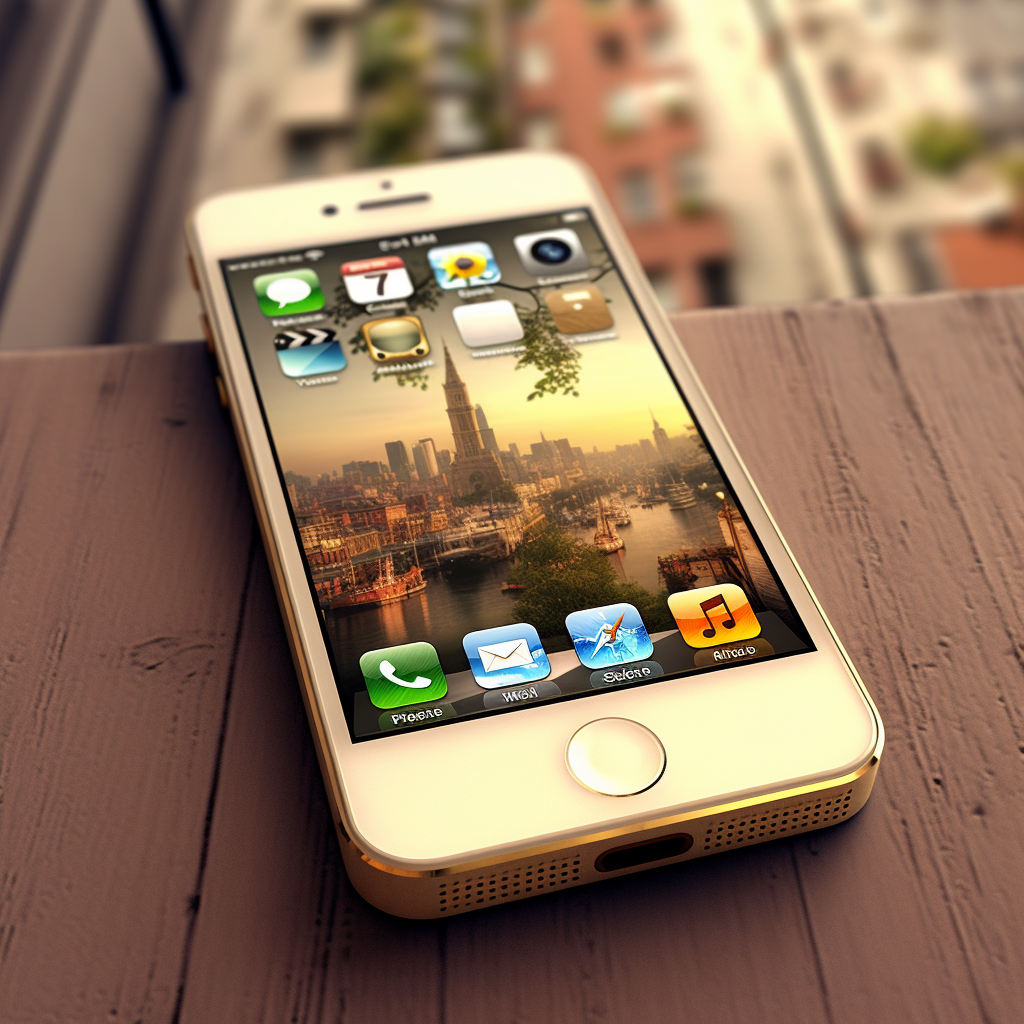
:max_bytes(150000):strip_icc()/iPhone-SE-2-front-camera-d0baf717bd0d4bc9ad5f8b30bb6aa542.jpg)

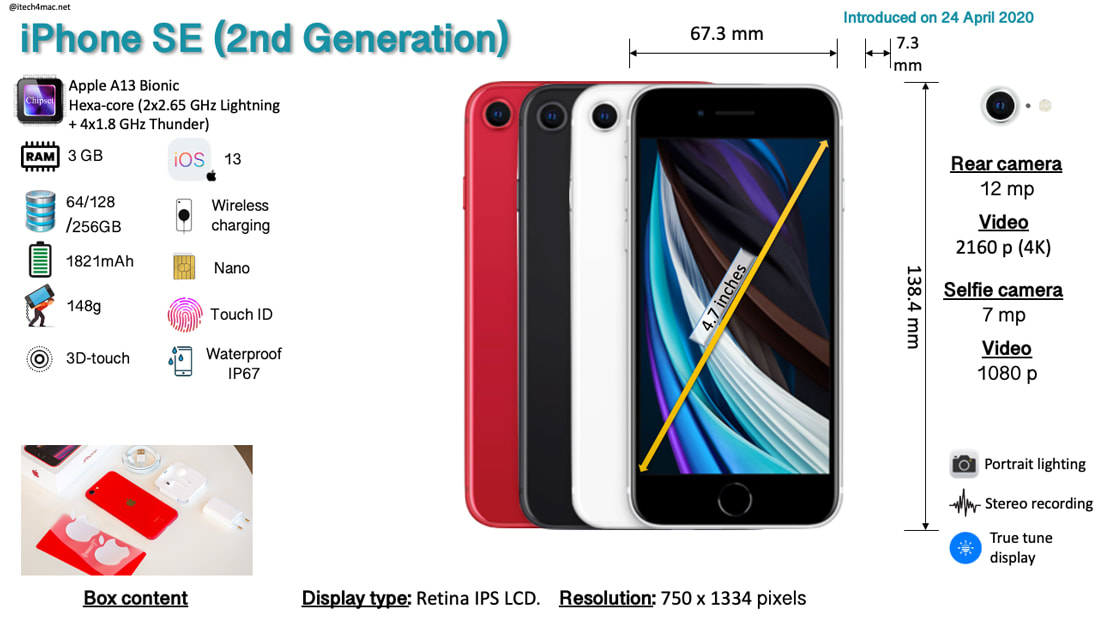
Closure
Thus, we hope this article has provided valuable insights into The iPhone SE (2nd Generation): A Compact Powerhouse. We appreciate your attention to our article. See you in our next article!
